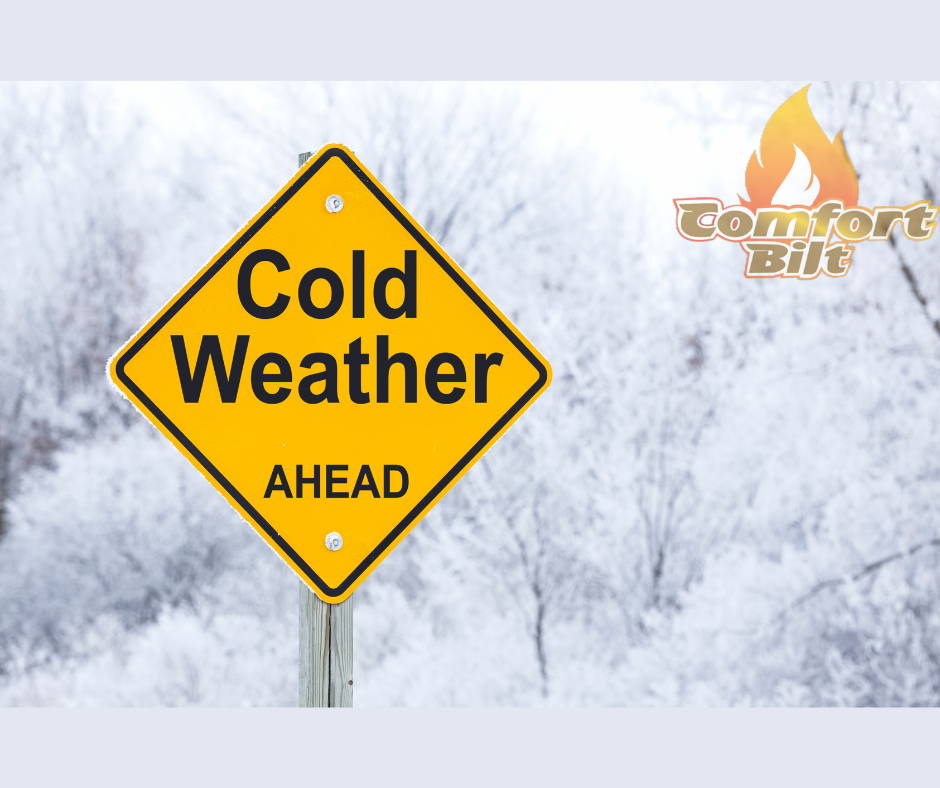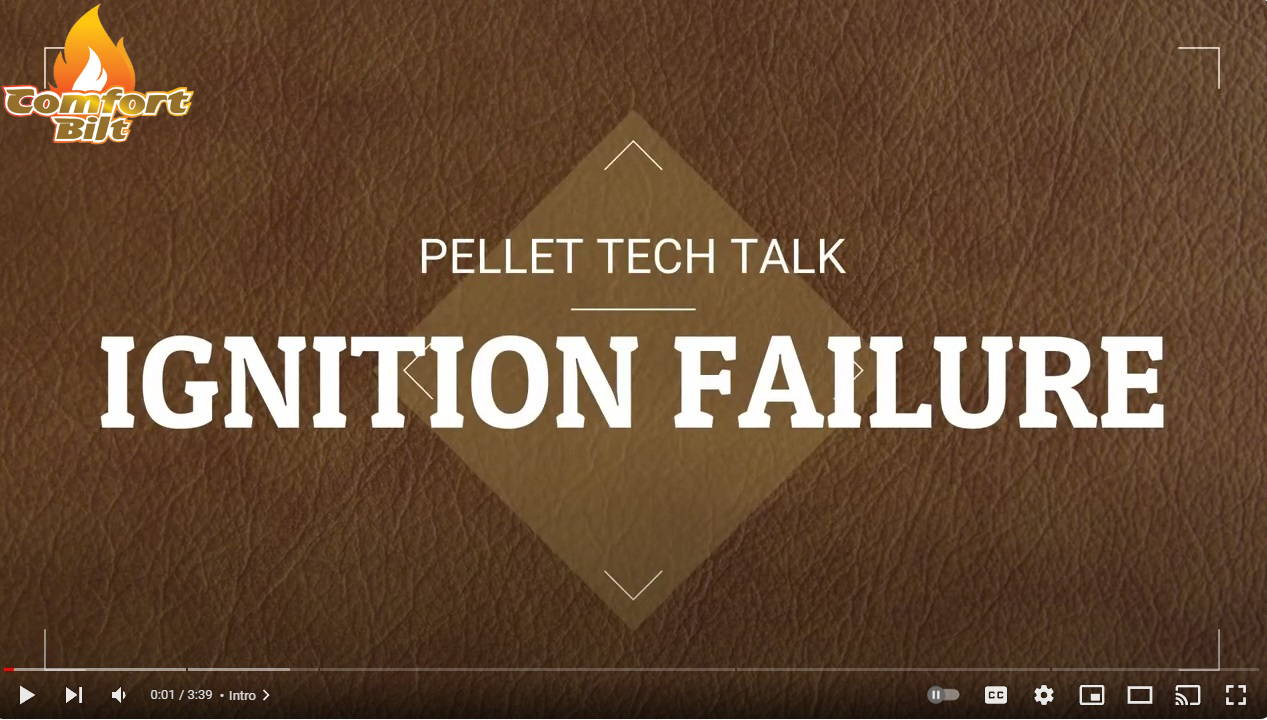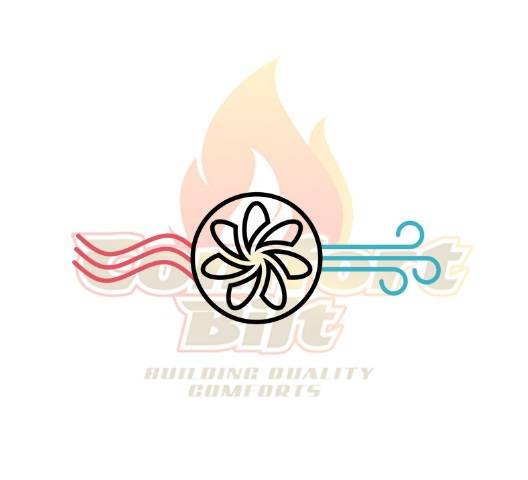Common Factors Leading to Ignition Failure in Pellet Stoves
Introduction:
Imagine coming home on a chilly winter evening, craving the warmth and comfort of your pellet stove or pellet stove insert, only to be met with disappointment as it fails to ignite. Ignition failures in pellet stoves inserts can be frustrating, but understanding the common factors behind these issues and their solutions can save you from cold and chilly nights. In this article, we'll explore the reasons behind pellet stove ignition failures and the steps you can take to resolve them.
Section 1: Understanding the Symptoms and Resolution
Ignition failures manifest in a couple of ways: your pellet stove may fail to start a fire, or it could display a "Failure to Ignite" alert message. When you encounter these signs, it's time to delve into the issue.
Fortunately, you can take matters into your own hands by clearing the alert code. Simply press and hold the On/Off button located at the top left of your pellet stove or pellet stove inserts control panel for several seconds to reset the system.
Section 2: Identifying the Causes of Ignition Failure
Three Main Systems:
Your stove's ignition process relies on the harmonious operation of three key systems:
1. The exhaust fan, which circulates air through the combustion circuit.
2. The auger, responsible for feeding pellets into the system.
3. The igniter, which generates the necessary heat to ignite the fuel.
Ignition failures typically stem from a hiccup in one of these systems, causing a delay in the lighting process.
Video Reference:
To understand what causes these ignition issues, consider watching this informative video, which highlights the interplay of these critical components:Watch the video here.
Section 4: Importance of Airflow
Limited Airflow:
Another common culprit behind ignition delays is limited airflow in your pellet stove piping. When airflow is restricted or there are leaks in the system, the ignition process can be hindered. When there is not proper airflow in your pellet stove insert you will most certainly have trouble getting the proper ignition.
Video Reference:
Gain insights into the significance of airflow and how to address potential restrictions or leaks with this informative video: Watch the video here.
Section 5: Testing Airflow and Vacuum Pressure
Testing Procedure:
You can diagnose and address airflow issues by conducting a simple test. Follow these steps to assess vacuum pressure and airflow:
Section 6: Clean Burn Pot and Fuel Residue
-Clean Burn Pot:
The pellet stove always assumes a clean, empty burn pot during ignition. Starting an ignition cycle with fuel or residue in the pot is a common cause of "backfire" or "bang-to-life" startups. Ensure your burn pot is extremely clean before igniting. This step can not be overstated.
Section 7: Fuel Levels in the Hopper
-Hopper Levels: Maintaining the hopper at a minimum of 1/4 full is essential. A low-density situation at the bottom of the hopper/auger junction can lead to feeding interruptions during ignition. The timed ignition sequence assumes a full hopper and a fully primed auger in your pellet stove or pellet stove insert.
To see our selection of pellet stoves Click HERE.
To see our selection of wood stoves Click HERE.
To see our selection of pellet stove inserts for your fireplace Click HERE.
Section 3: Delays in Ignition
Igniter Performance:
Delayed ignition can occur in your pellet stove or pellet stove insert when the igniter takes longer than expected to heat up. This can result in an excess of fuel accumulating in the burn pot, impeding the ignition process.
Video Reference:
To assess the strength and positioning of your pellet stove's igniter, follow this detailed video guide:Watch the video here.
Press and hold the Enter button (left arrow) until the set data menu appears.
Scroll down to #6 Diagnosis and press Enter.
Once in, you can select the simulated combustion level H01-H05 (1-5 bars)
Press the Enter button twice to select Exhaust
Press Up arrow to engage the exhaust fan.
Now that the exhaust fan is engaged, as long as the ash pan and front door are properly sealed, it should create a vacuum pressure inside the main pellet stove insert or pellet stove chamber.
Take a 1/2 sheet of standard printer paper,( torn in half), and hold it to the 2" intake pipe behind the pellet stove (would need to remove your outside intake pipe if installed)
There should be enough pressure created by the exhaust system to hold the weight of that paper. If you do not have any/very limited pressure, it could indicate a vacuum leak or blockage in the exhaust system. While performing this test, you can open up the Tee cap at the base of the piping and then retry the test. If the pressure returns and holds the paper, it indicates the problem is up inside the piping between the Tee and the top exhaust cap.
Section 8: Additional Resources
-Feeder Troubleshooting: For more insights on troubleshooting feeders, you can watch this video: Watch the video here.
-Low Temperature Alert: Learn how to address low-temperature alerts with this informative video: Watch the video here.
-Starting the Stove without an Igniter: Discover how to start your pellet stove even without an igniter with this handy video: Watch the video here.
Conclusion:
In conclusion, ignition failures in pellet stoves and pellet stove inserts can often be traced back to issues with the exhaust fan, auger, igniter, airflow, and burn pot cleanliness. By understanding these common factors and following the provided solutions, you can enjoy a warm and cozy home without any ignition hiccups. Regular maintenance and knowledge of your stove's components are the keys to preventing ignition failures and ensuring a comfortable and hassle-free heating experience..
SHARING OUR KNOWLEDGE
We are committed not only to bringing you the best coffee we can find but also the best information about its health benefits






